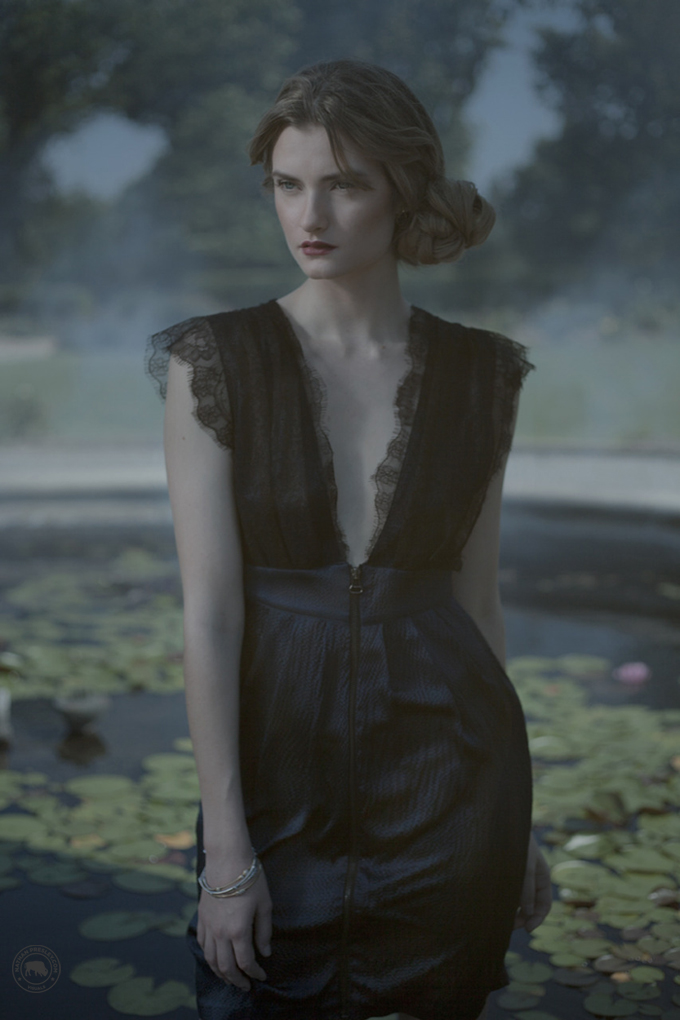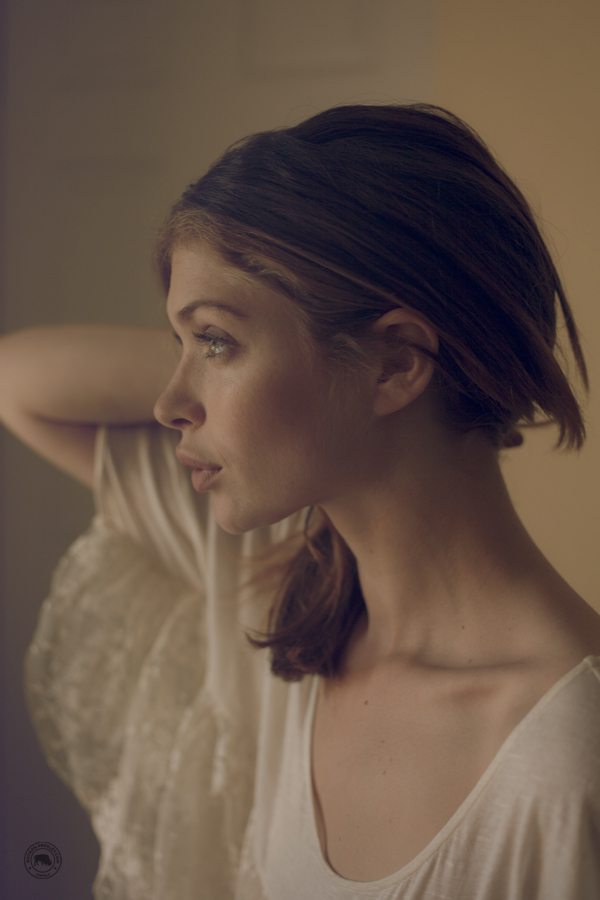My name is Nathan Presley and I’m a professional photographer. I started playing with film and photography when I was twelve years old and eventually, dropped out of high school(with good grades) at age fifteen. I’m not here to endorse quitting school by any means, but I can thankfully say it was one of the best decisions I’ve ever made.

I’m not writing this post to every photographer, but primarily to those who plan to to still be shooting in twenty, thirty, or fifty years from now, and are looking to make an intentional step toward developing their skill.
I receive email and Twitter messages everyday inquiring about gear I use, and although I have no problem answering those questions, I believe asking a photographer what type of camera he uses is equally as informative as asking a painter what type of brush he uses.
So, let me be the first to say: what you’re looking for is not a better camera.
Recently, I gave a photography workshop at a university and during the workshop had students put their cameras away and pull out their camera phones. Once one realizes they can’t rely on a camerato create something that looks “neat”, one is then forced to become a photographer.

In a world of great cameras, the idea is king. Begin by focusing on imperative creative elements that truly define you as a unique photographer.
For Example:
Concept /Story/Theme
Location
Model
Wardrobe
Props
Pose
Facial Expression
Color Palette(choose a few dominate colors for your work)
Feeling
If you can frame it with your hands and it looks good, then it can look good on camera.
One might think “I don’t have that type of time and I would go broke trying to get everything done perfectly”; however, minute details such as these elements are very carefully planned out on almost every large-scale shoot. Photographers are very busy and still find time to do pre-production work, as well as work with a team to solidify details; they’re also paid well.

It’s much better to have three amazing images that really catch the eye than to have a whole portfolio of simply “good” images. If time constraint is your only excuse, shoot less of whatever you’re shooting and shoot more of what pushes and excites you, while keeping essential elements in mind.
I’d also like to point out that bringing in assistance as far as production goes does not make the project less-yours. All of mankind’s greatest achievements, in one way or another, have had some form of help. A photographer who can direct and put together a creative team that is in sync, is more impressive to me than one, lone-wolf photographer.
Photographs are potentially the strongest form of advertising you will ever have. Consistently put out images you love, and your audience will begin to grow.

The customer doesn’t want to be right, they want to be happy.
I used to tell myself, “Well my client told me what they want me to do, so I guess I should do exactly that, because it’s what they’re paying me for”. If you do this, you are withholding your creativity from the people paying you. Sometimes, the best thing you can tell a client to win them over is “no”. The world is filled with “yes” men who do exactly what they are told.
If a client is worried you don’t fully know what you’re doing, they might try to take the lead. I’m not endorsing rudeness, on the contrary, make sure you listen to everything a client says, thoughtfully consider it, and then try to see if you can add your style to what they want; oftentimes when a relaxed, open, and honest dialogue flows between client and photographer, you will find a way to create something both parties will like.

The best way to say “no”, is to say “yes” to something more exciting. Get the client excited about your idea. Present some visual inspiration in a direction that you would like to take a project, and explain why it would work for them. The greatest thing you can give clients is your best work. So don’t get stuck in a cliché concept or idea that you know won’t end well.
Most of the time people will hire you because of an image they saw and liked. So, only exhibit work you personally like, and you will be able to take projects that are enjoyable while pleasing your clients. Not only is life too short to take photos you don’t like, but it’s bad for business too.
Whether you’re shooting portraits, engagement photos, editorials, music, nature, or really anything, the more effort that is put into your images, the more you’ll get back. I have a lot to learn myself, but these are some practical things that have really helped me avoid some of the most common pitfalls.
If you have any thoughts or questions, feel free to message me on Twitter anytime: http://twitter.com/NathanPresley (I try to respond every day)
-Nathan Presley
http://twitter.com/NathanPresley
http://NathanPresley.com/blog
I get stuck in the same patterns over and over with my clients. This was refreshing to read! following you on twitter
Great article, great photographer! Would love to hear more.
Good article, I like the example with the camera phone. Probally gonna try it out myself some day.
Great article! Thought provoking and informative!
I’m very impressed by your work – glad I found you on Twitter. Exceptional! CC
Thanks guys. Love to hear your feedback
-Nathan Presley
Terrific message, needs to be heard by more people. Well written. Evocative images.
I didn’t have money to go to photo school – best thing that never happened to me many years ago… On my walk from (free) parking to job each day, I practiced framing what I saw. In my head. I looked at branches, car doors, I fell off curbs a lot since I wasn’t paying attention to how I was walking. Then I’d shoot – not that stuff, but other things. Analyze the contact sheets. Did the images capture what I saw? Was there too much extra stuff in the frame? Yes, no, do it again.
I saw the graduates from photo schools turn into cookie cut-outs… all the same. So trendy, with no depth of emotion.
Like others here, I’m now following on twitter.
Thanks for the reminder and in the inspiration.
Ciao, Martha
Thanks Martha,
They say the definition of “good art” is if it makes you feel something.
So I couldn’t agree more. You should search and seek a feeling and using these often neglected elements is a great way to add to the feeling of your work.
-Nathan Presley
OK, I’m impressed. I’m a writer, not a photographer, but I take photos for my own pleasure and I enjoy viewing good (and sometimes even not so good) photos taken by others. It’s already been said above that your photos are beautiful and evocative, so I’ll say I’m looking forward to seeing more of them.
To focus on concept and adherence to aesthetic principles, and to spend time thinking and training your eye is far more productive than having better equipment. One never sees a master mechanic fondling his wrenches or a master carpenter fawning over his planes, and so the master photographer views his camera as a tool to enable him to realize his vision. To me one of the greatest distinctions between someone who gets it and someone who doesn’t is the way in which their tools are regarded.
Thanks for an articulate and beautifully illustrated post!
When I see your work or read your expression through words, something deep in my soul is awakened.
you summed it up perfectly! Best and truest advice ever.
Awesome post mate!!!!! Bloody eye-opener. Damn true words on how Camera is not everything…
This is some of the best advice about photography I’ve ever read. Straight to the (excellent) point.
outstanding work & great article very inspiring indeed thanks Robbie
Great article and very though provoking!
Good article. I do love your photos! And your short movies. Great job.